Unravelling the Concept of Peacekeeping
No matter where in the world you may be, whether here in Calgary or anywhere else, peacekeeping is a concept that binds us all. Engagement in this global concern is something I have always found incredibly fascinating. The principles of peacekeeping not only focus on the prevention of conflict but also address the resolution of those that have arisen. It's every bit about future prevention as it is about current resolution.
The essence of peacekeeping lies in its ability to act as a "wonder tool", seeking not just to shuttle between warring factions but working towards creating a sustainable environment that promotes dialogue and negotiations. In its truest sense, peacekeeping transcends the mere halting of active hostilities, it includes comprehensive strategies that tackle the root causes of the conflict. It involves political, cultural, socio-economic and environmental aspects, all intertwined to deliver a solution that offers more than just a temporary pause to the hostilities.
The Inception of Peacekeeping
The inception of peacekeeping is a tale as fascinating as the concept itself. Born out of the necessity to prevent another World War, the United Nations founded the concept as we know it today, with the aim to promote global harmony. The formation of the United Nations was a monumental milestone in harnessing collective security, establishing peacekeeping missions across many crisis-torn regions of the world.
From the UN's inception in 1945 to the present day, the world has seen conflicts of different nature and magnitudes. The genius lies in the fact that peacekeeping has adapted to the nuances and complexities of each conflict, altering its application and strategies to meet the evolving demands. The flexibility and adaptability of peacekeeping manifest its undying relevance in the modern world.
The Evolution of Peacekeeping
Today, when we talk about peacekeeping, we're not just discussing the implementation of ceasefires or the creation of buffer zones. We're engaging in a complex paradigm that has taken on many new forms over the years. Modern peacekeeping missions encompass a wide array of functions - from conflict prevention and peacemaking to post-conflict peacebuilding. It has evolved from a passive operation to a dynamic one, actively participating in eradicating the seeds of conflict.
One couldn't help but marvel at the transformative and progressive trajectory of peacekeeping. To paint a picture for you, a standard peacekeeping mission today includes components like rule of law, security sector reforms, demobilisation and reintegration of ex-combatants, elections, humanitarian aid, and economic reconstruction. The shift from a purely military-centred approach to an inclusive, comprehensive approach is, indeed, a testament to the versatile and flexible character of peacekeeping.
Peacekeeping and the World Today
In recent years, peacekeeping has continued to be a significant tool in enhancing international security. Figures speak volumes about the significance of peacekeeping in today's world. Did you know that there are currently 14 active UN peacekeeping missions across the globe, with nearly 95,000 uniformed personnel drawn from over 120 countries? Impressive, isn't it? That's a testament to the sheer magnitude and impact of peacekeeping.
In my own experience, it was during a trip to Cyprus that I chanced upon the island's long-standing peacekeeping mission. In such turbulent zones, the impact of these peacekeepers extends beyond maintaining decorum; they bring a semblance of normalcy to the lives of those living in the shadow of conflict.
Challenges to Peacekeeping
However, peacekeeping isn't a silver bullet. While we've seen great strides and successes, there are certainly challenges and pitfalls that we must acknowledge. Challenges like funding, changing geopolitical equations, hybrid threats, sexual violence by peacekeepers, and inconsistent political support from member states can all pose significant hurdles to the success of peacekeeping missions.
It's these challenges that remind us that peacekeeping is a collective effort that requires both international cooperation and local participation. But we can all agree that despite these challenges, peacekeeping remains a beacon of hope for many crisis-ridden regions of the world, exemplifying a global strive for peace and harmony.
In conclusion, the concept of peacekeeping is a dynamic one. Its essence lies in its transformative capabilities, from conflict prevention to peacebuilding, which over the years has proven to be a potent tool in conflict prevention. So, let's continue the dialogue, let's commit to the process, and let's work together in better understanding and promoting peacekeeping as that vital tool for maintaining global harmony.
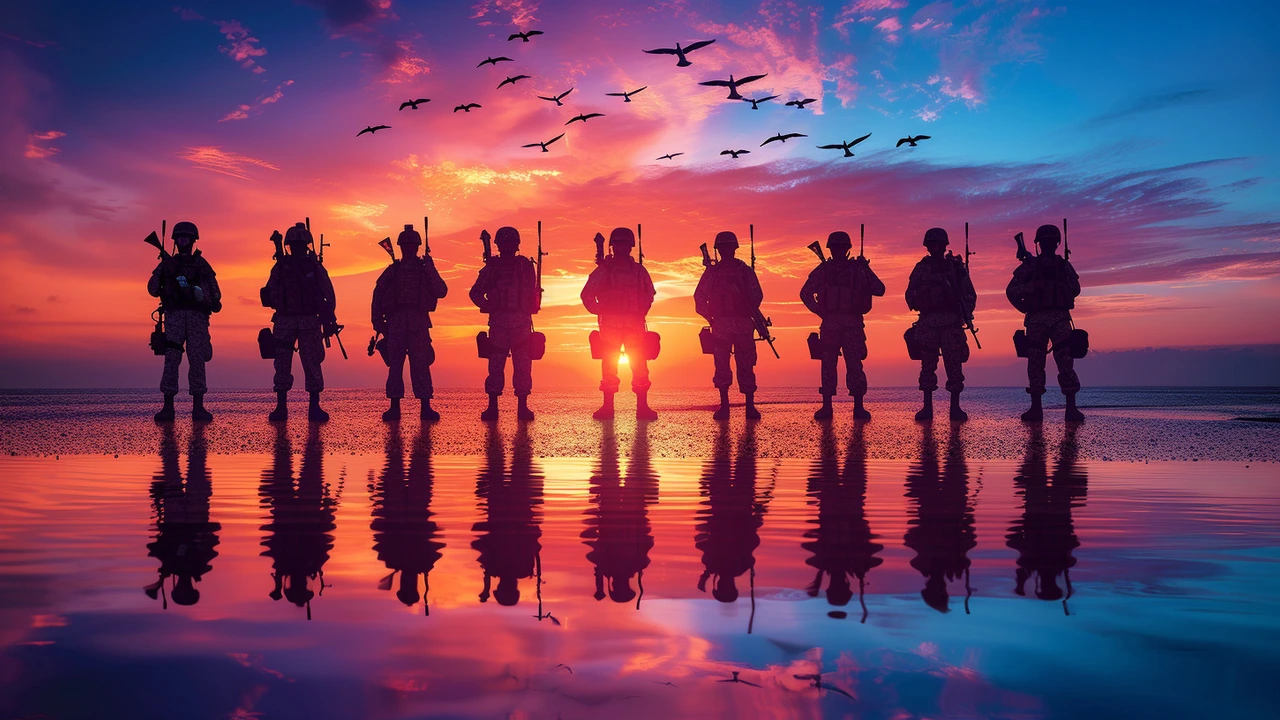

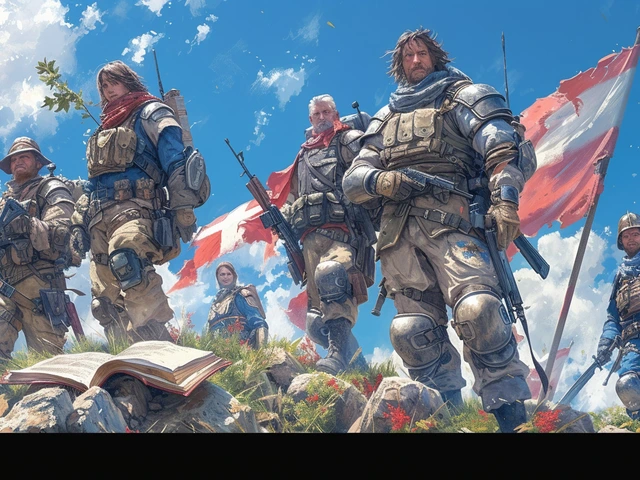
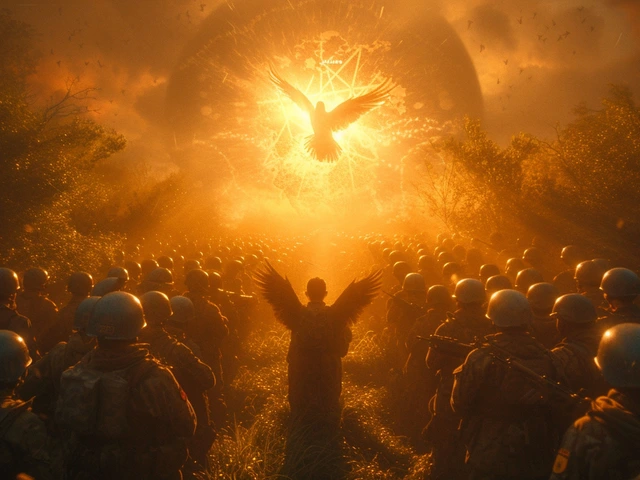
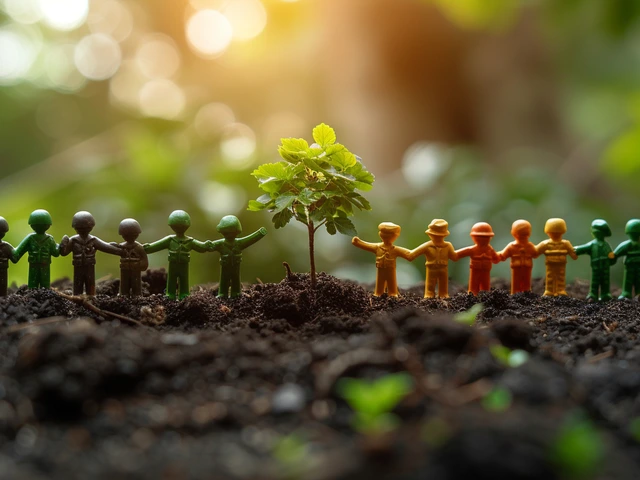
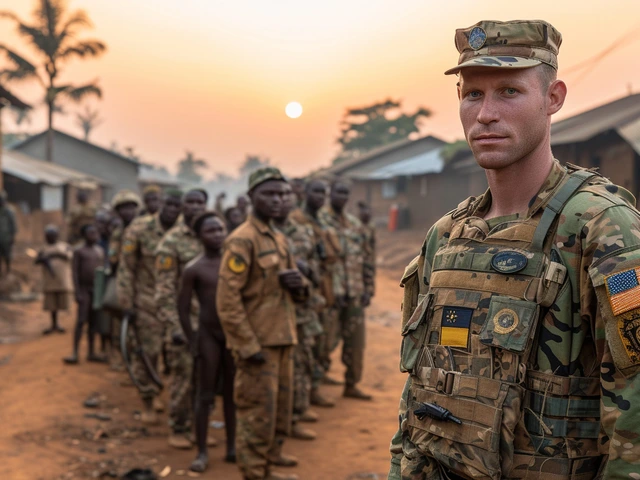
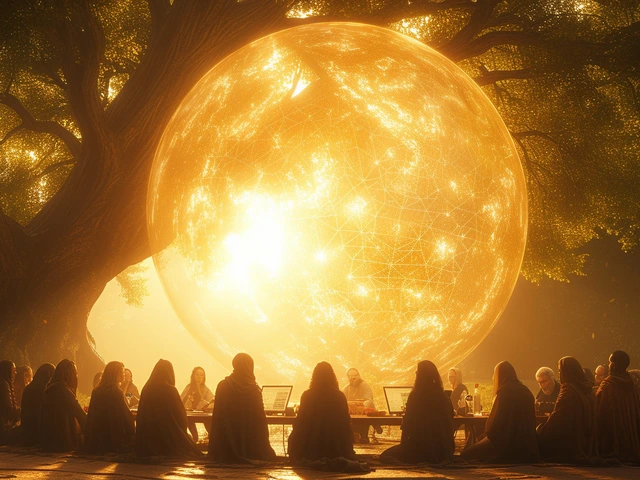

Write a comment